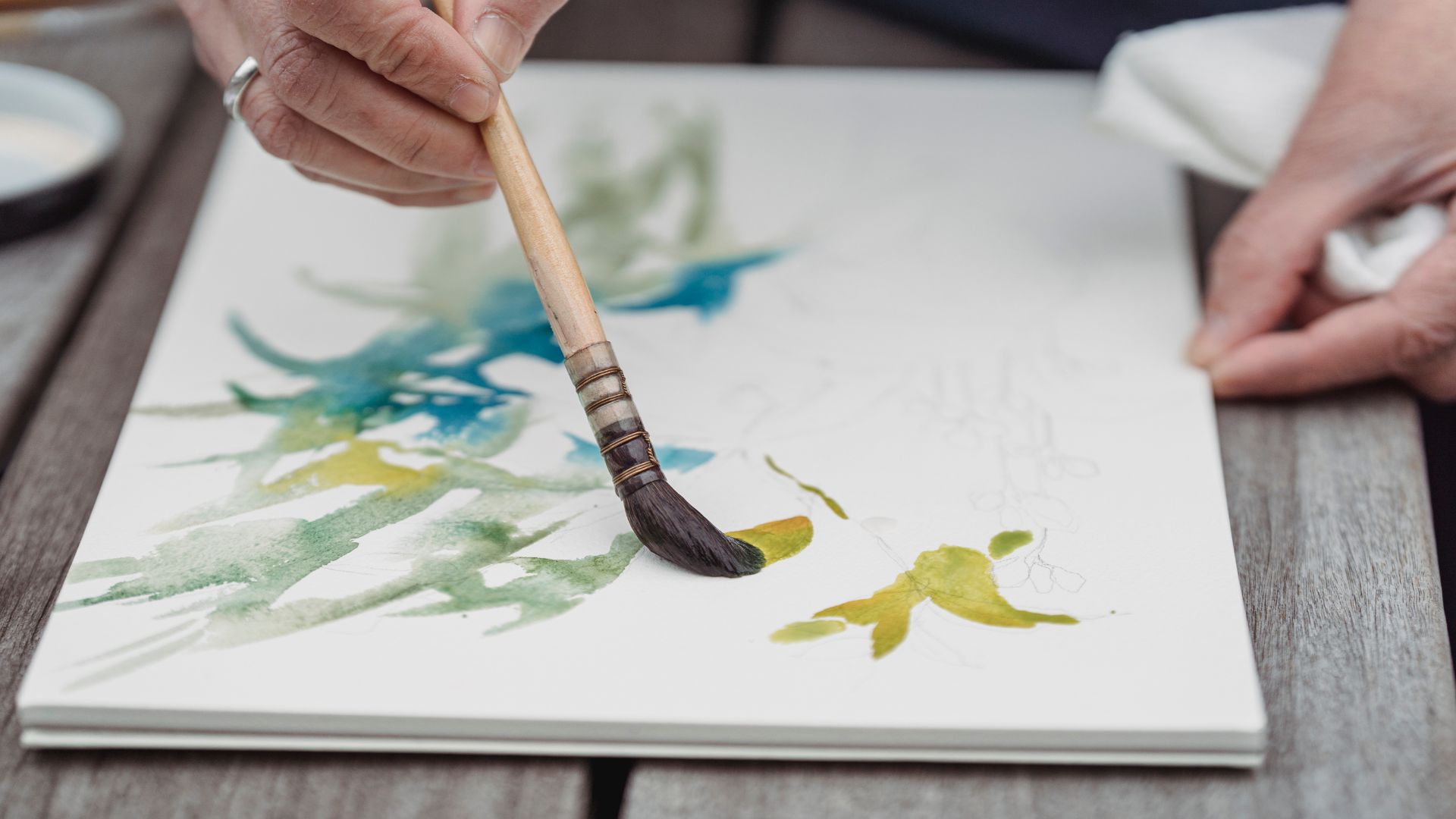The French Impressionist Pierre-Auguste Renoir was an artist famous for his paintings incorporating Parisian life and modernity. He had an eye for beauty and loved to capture and implement the movement and effect of light and shadow. It would be correct to say that Renoir created timeless pieces as he started to work on Renaissance painting, thereby creating more mature pieces of work.
The human element in his artwork set Renoir apart from other impressionists. He was more interested in showcasing domestic life, especially capturing happy families and decent looking Parisians. In addition, much of Renoir’s work encompasses nature and female sensuality, for which he is celebrated to date.
Renoir’s style of painting
Since Renoir was a co-founder of the impressionist style of painting that encompassed quick brushstrokes, his paintings reflect an amalgamation of the impressionists and the older painting styles.
As a result, you would see him emphasise more light seeping through the trees and water reflecting light to create movement. His artwork, however, was famous for being vibrant and saturated, and many of them focused on nudes.
Famous artworks and their painting style
Wispy brushstrokes
You would love how paintings by Renoir blend together wispy and thin brushstrokes in contrast to the much more noticeable brushwork created by the impressionists. This brushwork incorporated by some of Renoir’s paintings gives his artwork a rather ethereal, dreamy feel. This can be seen in his dreamy painting Chestnut Tree in Bloom. Notice how the sky would blend in with the trees that melt in the grass and the water.
Pierre Auguste Renoir’s artworks were innovative with his style and technique. For example, in his artwork Reading Girl, along with wispy brushstrokes, he also focused on small details showing clarity. Renoir would do that often, creating a focus on different areas in his paintings. In this artwork, however, Renoir uses his technique to emphasise the hat and the flowers instead of focusing on the face.
Use of pastels
Instead of depending on dark tones of greys, blacks, or browns, his artwork uses tinted pastels weaved together with wispy brushstrokes. The Girl Behind the Sewing is a perfect example of the use of his pastels with saturated reds and yellows for the flowers. This dynamic piece of art draws all our attention to the girl and focuses on the flowers around her.
The use of broken colors
Interestingly, brilliant paintings by Renoir showcase the use of broken colors. He has mainly used this technique to convey the variance in nature. However, it is also perfect to create an illusion, especially when drawing trees and leaves. You can see this in his artwork Picking Flowers. The technique is also visible in his work Grand Canal, Venise, which shows the reflection and movement of water.
Renoir’s paintings and his personal life
You can understand a lot about the artist and his personal life by looking at the top paintings of Pierre Auguste Renoir. He loved to experiment. This is evident from the variance in his painting style and brushstrokes. Like many other artists, Renoir also preferred to work freely. Many of his illustrations are dreamy abstracts closely in line with nature.
This tells us about his inner need for harmony and serenity and his love to observe and explore nature. The use of pastels tells us a lot about the subtle side of the artist. Moreover, since Renoir was famous for his nudes, instead of carrying forward the typical concept of painting classical nudes, Renoir added realism and naturalism to his artwork. However, the nudes he created are interpreted in detail below.
However, you can study Pierre Auguste Renoir’s artworks to know more about his personal life. They are as follows:
Diana (1867)
In Pierre Auguste Renoir’s oil paintings, you see his sensitivity towards female sexuality, as seen in his famous artwork Diana featuring his lover Lise Tréhot. It was during this time that, along with Renoir, her work partner Claude Monet learned and implemented the technique of diffusely reflected life. The duo produced several works exploring this concept.
Luncheon of the Boating Party
Pierre Auguste Renoir – Luncheon Of The Boating Party
One of the most famous works of Renoir’s Luncheon of the Boating Party, where you may see several friends and acquaintances of the artist. You would see the lady drinking from a glass, recognizing her as the actress, Ellen Andrée, and a banker, Charles Ephrussi, who is at the back of Ellen.
The painting also depicts people from the Ministry and those from the entertainment industry. This reflects the affluent social circle of the artist and how well connected he was. Also, he never failed to draw women he admired. The Luncheon of the Boating Party showcases Aline Charigot, the artist’s future wife.
Renoir and his nudes
Renoir is famous for producing nudes and has a reputation for painting women. Though women appear distasteful in his real life, he chose them to be the subject of his artwork. Renoir deemed the female quite low, considering them amoral. He critiqued their thinking ability by often mentioning that they were more like kids.
He further says that they are non-existent. It implies how he created art without a story and how females lack narrative. Instead, they can only be idealised for their beauty. This is visible through ‘The Study of Nudes’, which is also in line with the beauty of nature. However, through his representation of Nudes, Renoir’s misogynist views as portrayed through artwork are pretty coherent.
Conclusion
Renoir was an essential artist of the impressionists and created work similar to them yet differed in the sense of modernity and other aspects. He loved exploring middle-class leisure activities, domestic life, and sensuality by showcasing women, especially their nudes, a common feature of Renoir’s artworks. It was his aesthetic sense and eye for beauty that, even after his death, Renoir is a much-celebrated person in art today.










